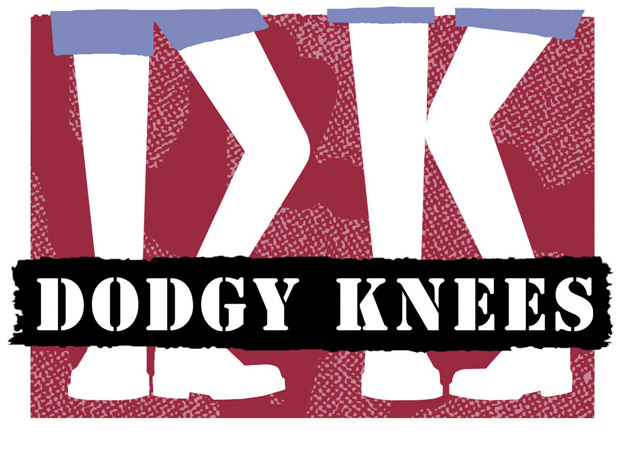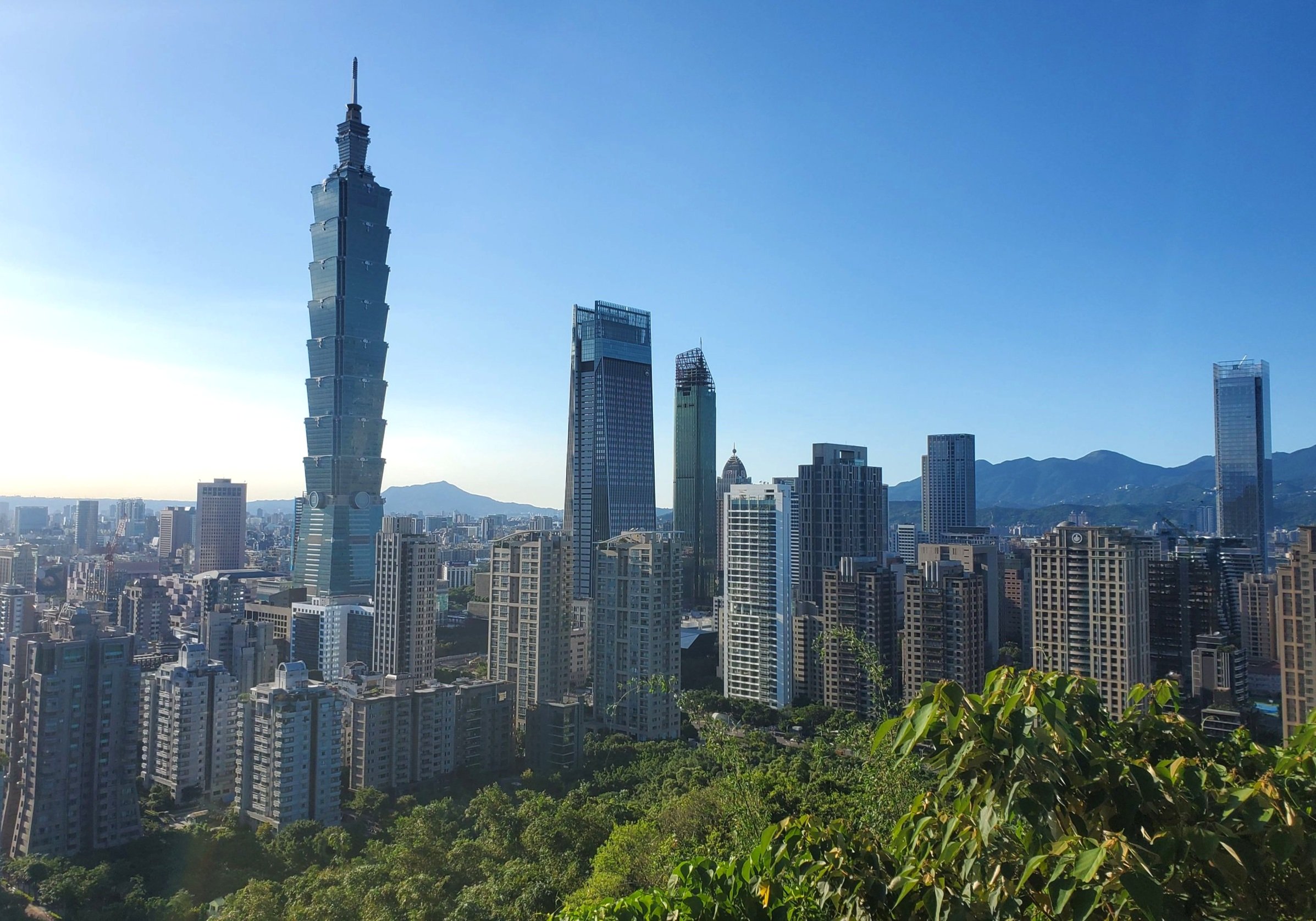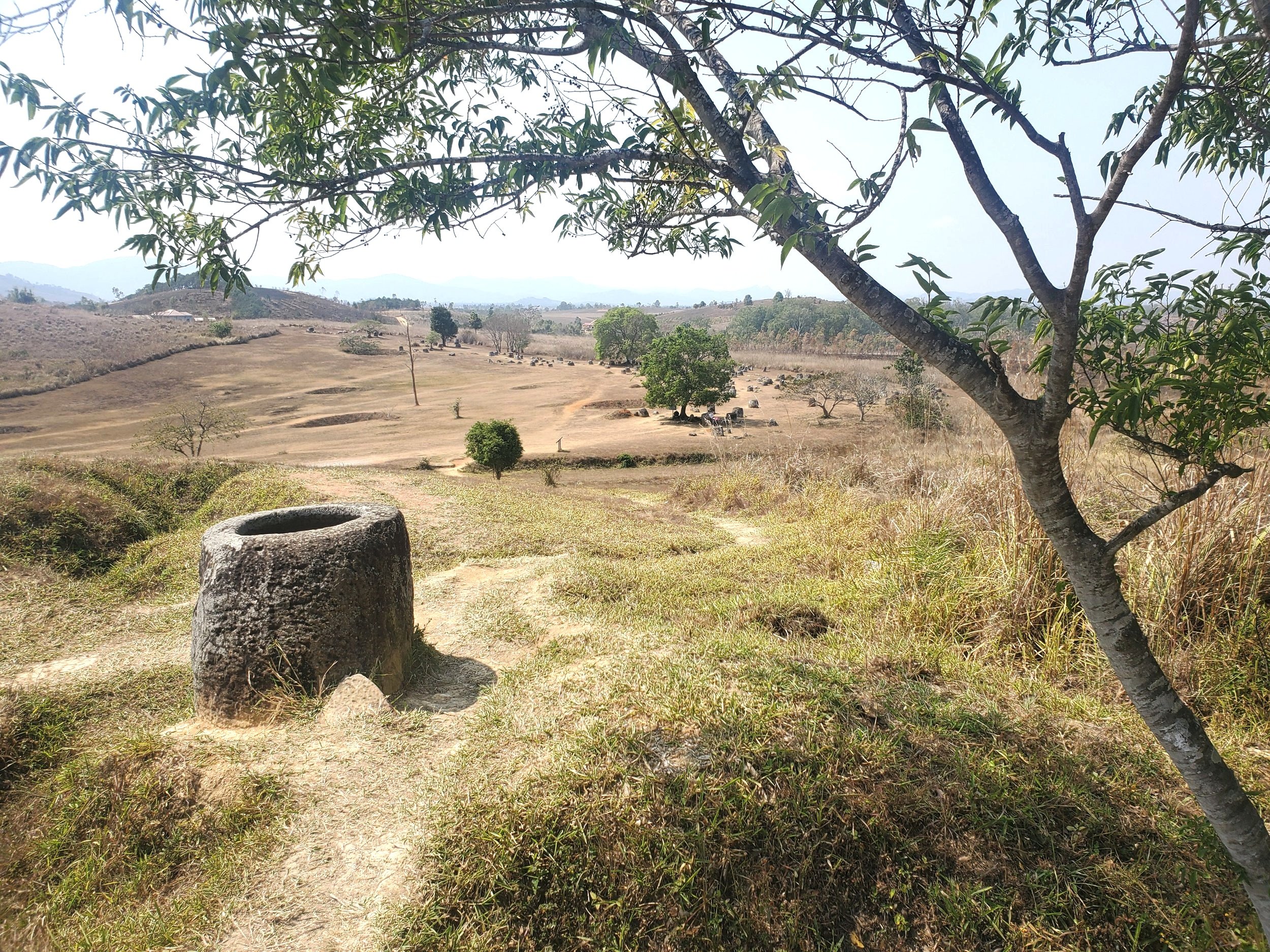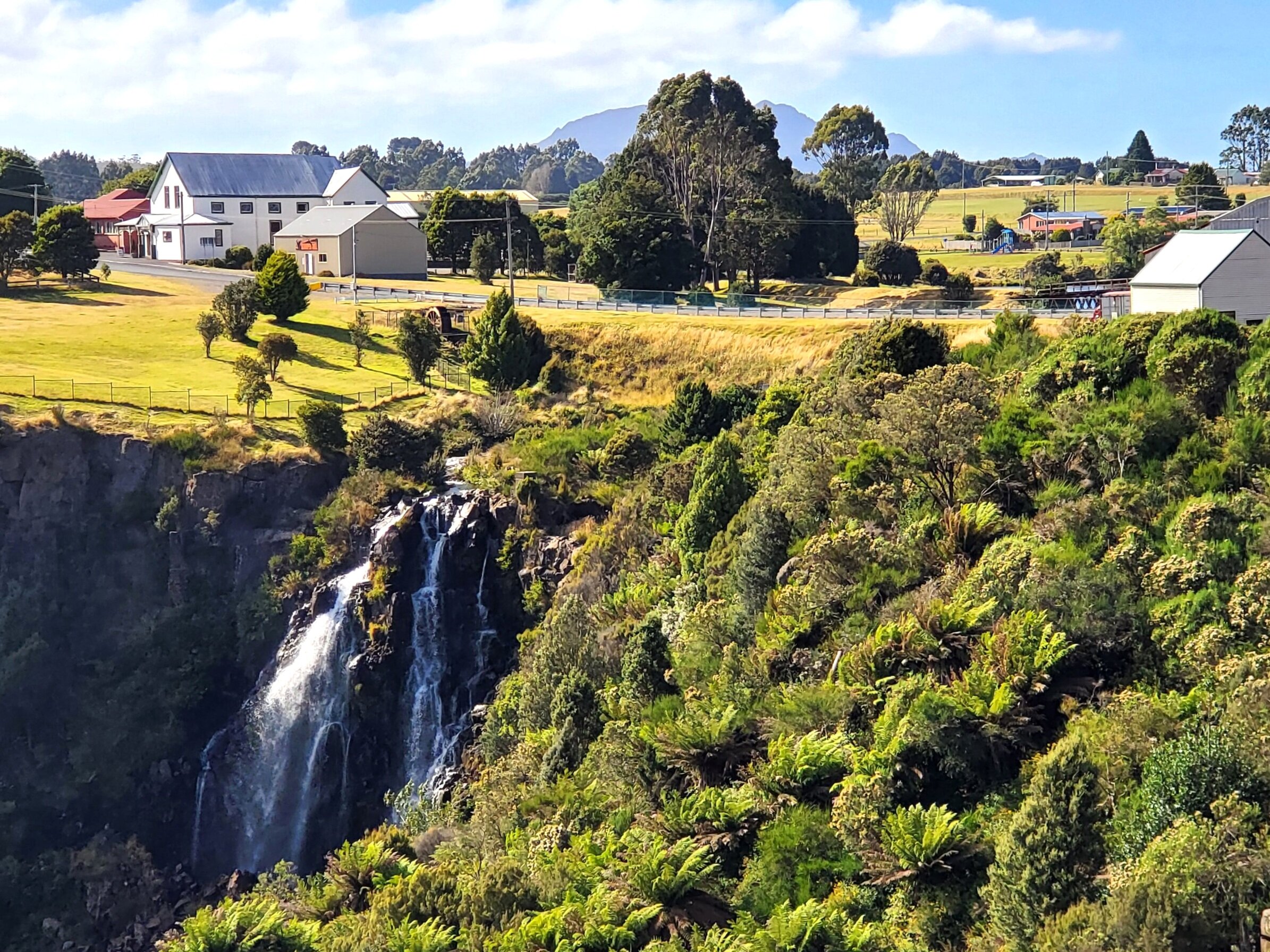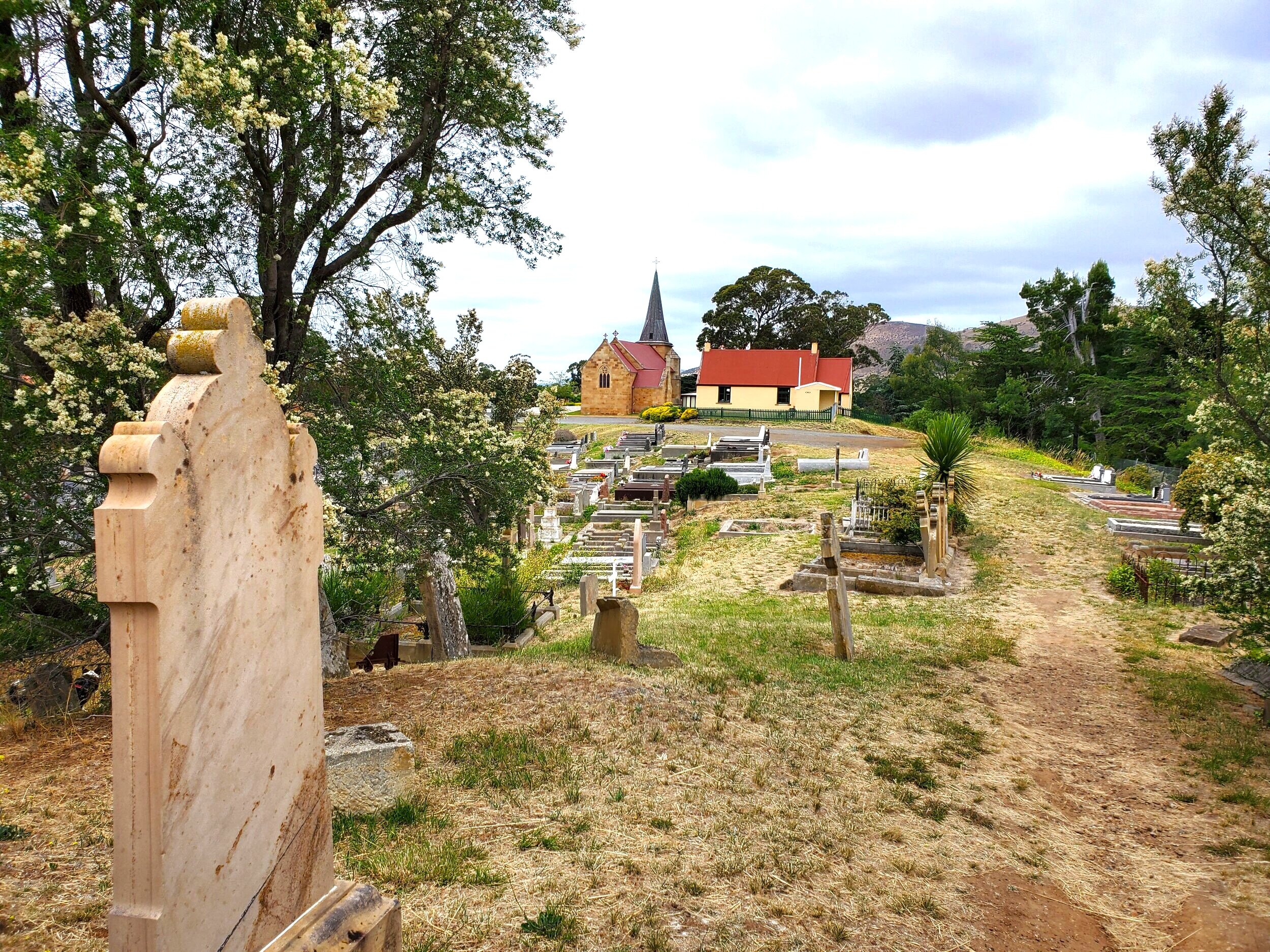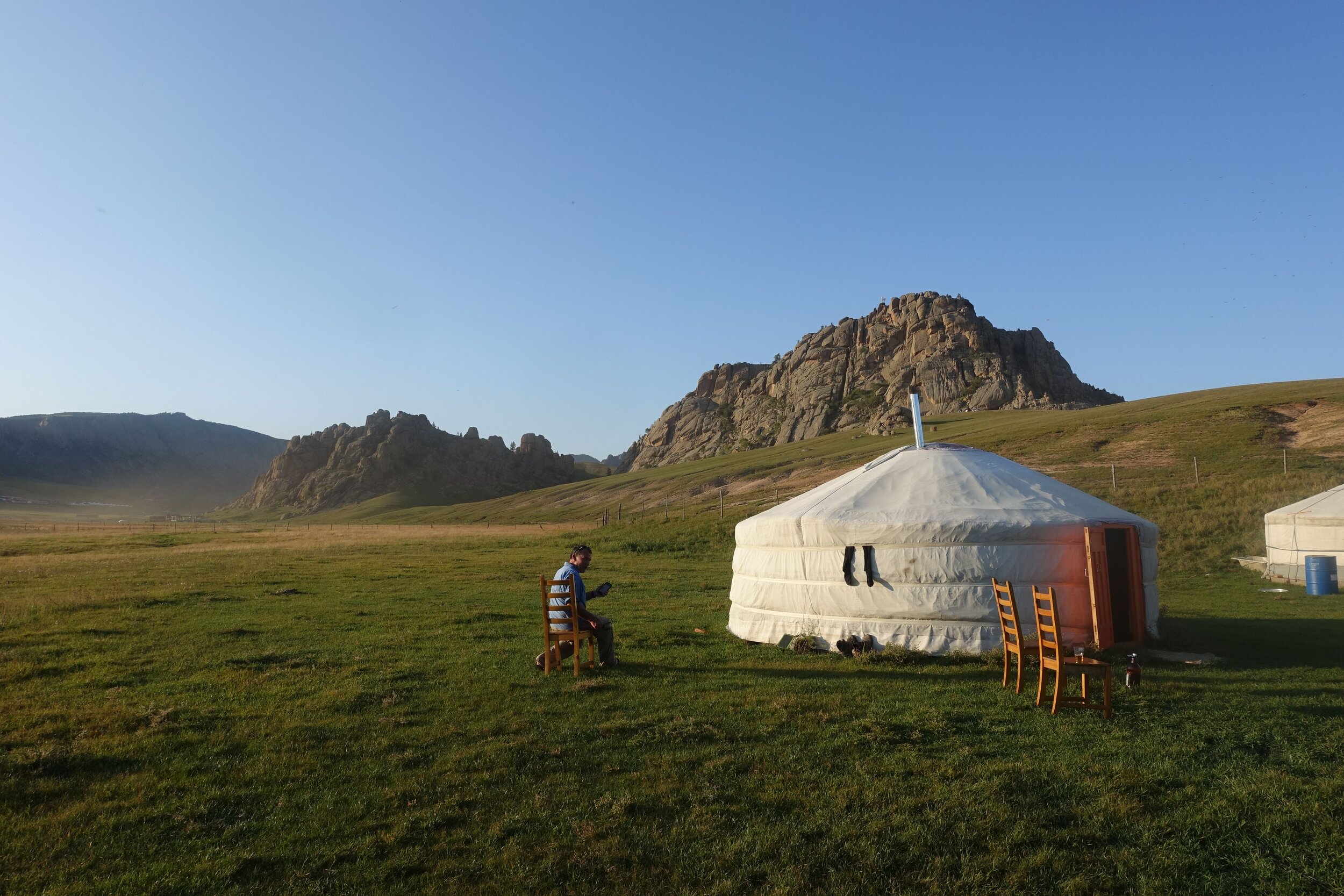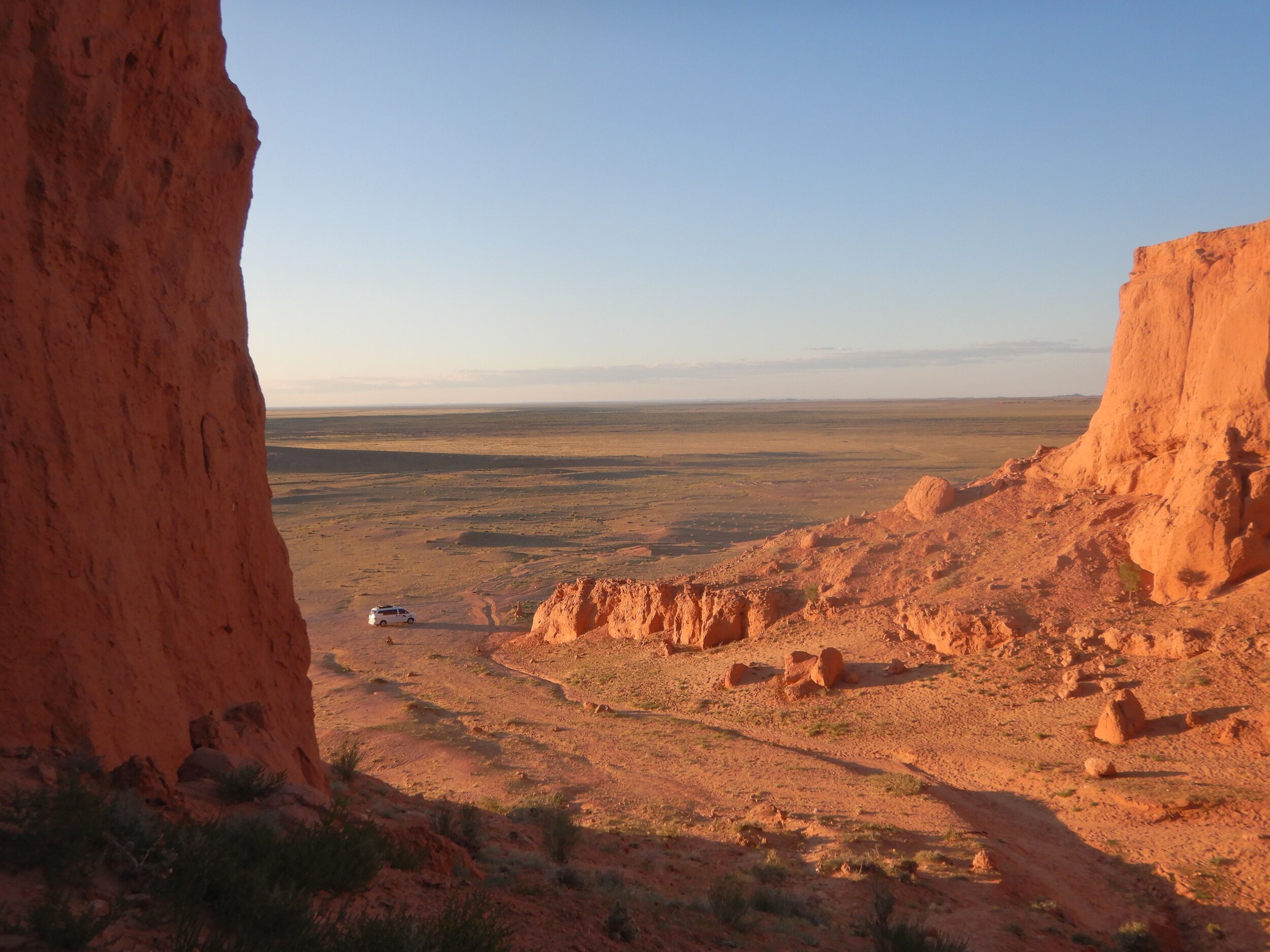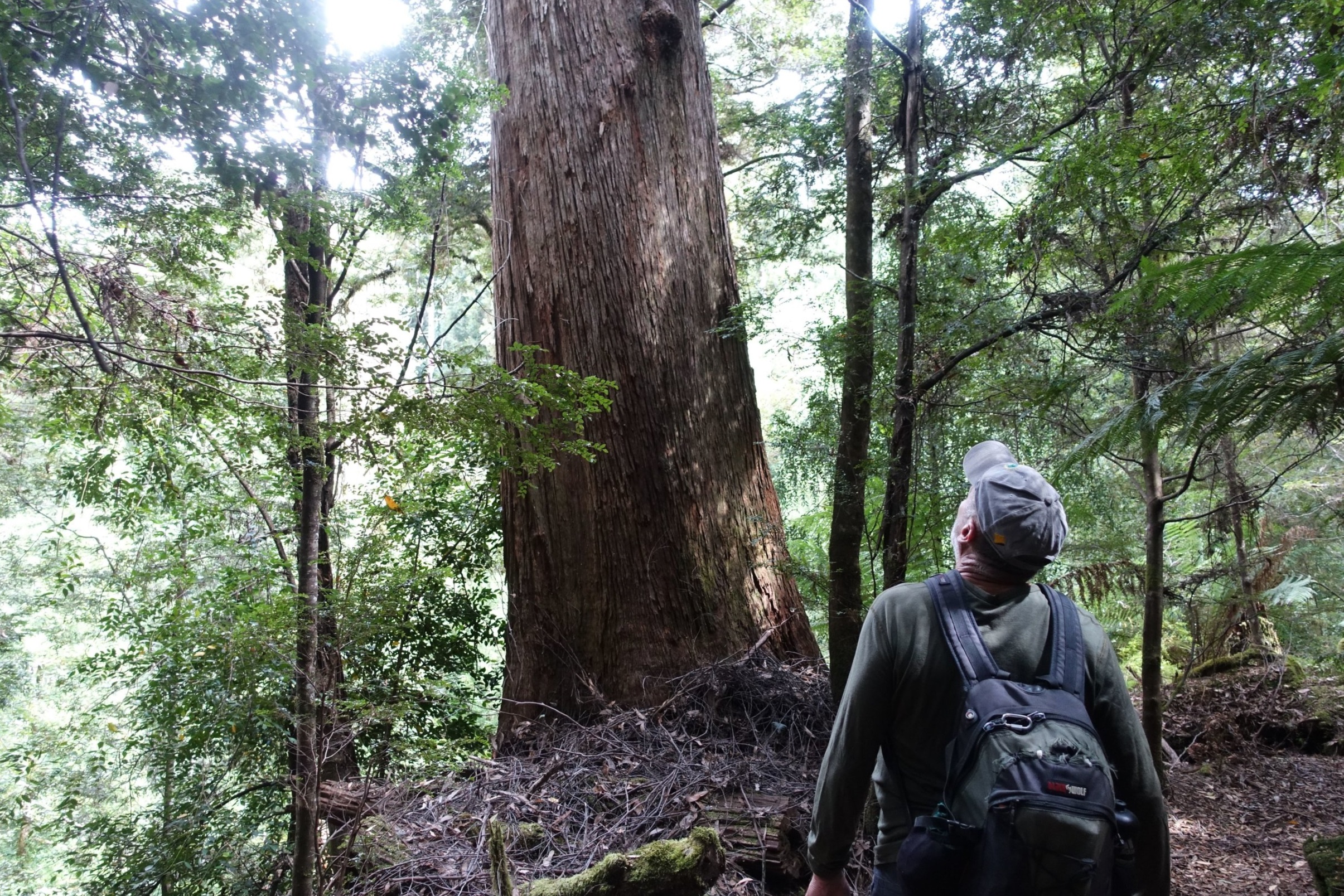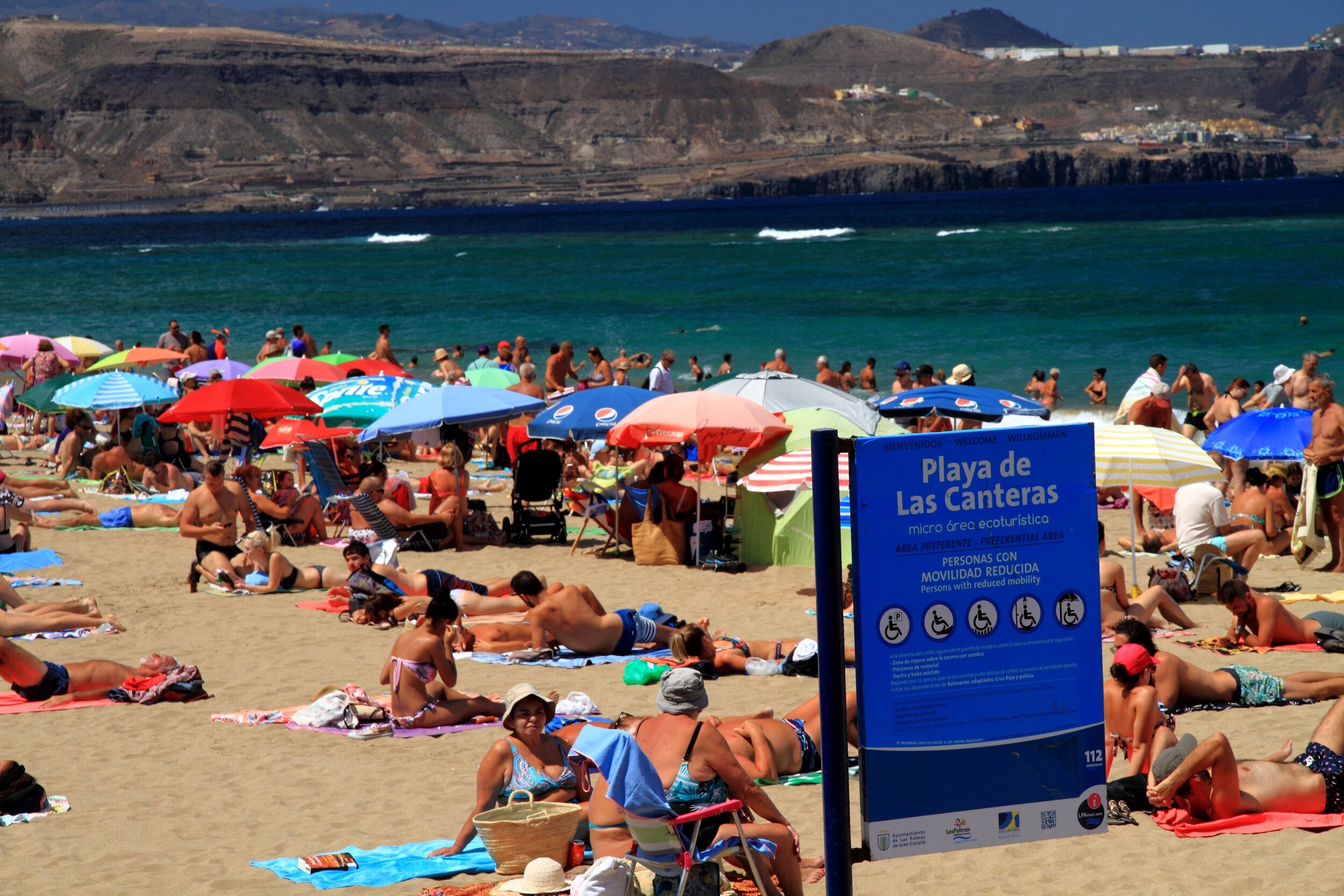Our Travel Tools
1. Smartphone
The assumption is that everyone has a smartphone nowadays but we are regularly surprised at how many friends our age still use an old school mobile as they view a phone as being purely for phone calls, or some who don't have a mobile at all. A smartphone is a small computer and an essential tool for independent travellers. Every manner of useful task can be done on a smartphone: booking accommodation and flights; storing booking information; boarding passes and visas (increasingly countries are using on-line systems for applying for an approving visas eg Sri Lanka and Turkey); mobile banking; e-reader; music library; camera; and you can use it to make phone calls. See article on our favourite apps which you can use on your smartphone.
2. First Aid Kit
There are some places in the world where you really don't want to get sick and end up in hospital, whether that be for health and safety reasons or cost. And you don't really want to put your travel insurance to the test if you can avoid it.
We always visit our local travel doctor before heading off. You need an up to date yellow International Certificates of Vaccination card if your travelling to anywhere where there are significant health risks. Some countries want to see it before they let you in, such as countries where yellow fever is a problem.
Nowadays proof of COVID vaccination is a requirement for travel in many countries. International COVID 19 Vaccination Certificates, which are issued by governments, can be stored on your smartphone. We recommend carrying a hard copy as you never know when your phone is going to decide to misbehave.
Here is a list of the basic items we take in our first aid kit:
Cloth bandages
Compression bandages for sprains and snake bite
Steristrips
Antiseptic powder
Scissors and tweezers
Antibiotics
Gastro stop
Altitude medication if relevant
Anti-nausea (eg stemital)
Aspirin/paracetamol
Anti-malaria
Mosquito repellent
Sunscreen
If you are going on a long trip and you need regular medication (eg cholesterol or blood pressure are common for people in their 50s and 60s) talk to your GP about getting a special script that will allow you to get a supply that will cover you for the full period. Keep it in the boxes showing that it is scripted medication in case it is inspected at customs. Better to have a dozen boxes of labelled medication than a plastic bag full of unnamed pills.
3. Travel Insurance
You'd be mad to leave home without travel insurance. In this age of COVID it is essential to make sure you are covered should you contract it while overseas.
There are lots of options out there so its worth taking a bit of time to research to find one that will work for you. There are a number of sites that provide comparisons between policies such as finder.com.au, insureandgo and comparethemarket.com.au
If you have any pre-existing conditions its important to disclose these or you won't be covered. You may have to pay an additional premium to have that condition covered.
4. A Half Empty Pack or Case
You know that you're going to buy that souvenir t-shirt and that wood carving and it's hard to resist bringing home a bottle of the local rum that tasted so good every evening when sitting in front of your cabana on the beach. And what about those shoes – they're so cheap!
So don't fill every square inch of your luggage before you leave. If you can, leave it between half and a third empty. Trust me – you'll fill it.
5. Travel Sim Card for Your Phone
We've all heard horror stories of people caught with global roaming charges of thousands of dollars when they used their normal mobile phone account when overseas. And while the big Australian telco providers are gradually bringing their global roaming charges down we prefer to use a separate travel sim card when travelling where we buy credit as we go in order to stay in control of costs.
There are lots on the market with Travel Sim, Woolworths Global Roaming and GoSim being three of the most popular. If you want to call home to Australia periodically or are visiting lots of different countries these types of products can be a good option.
If you're mostly going to use your phone for calls within just one or two countries that you're visiting in order to call hotels or to communicate with your travelling companions then purchasing a local sim card on arrival is probably the best bet, especially for longer trips.
6. Laptop or Tablet
As handy as a smartphone is we still also carry a laptop. We have a laptop that is a tablet with a detachable keyboard – we're not big on using a virtual keyboard, still preferring to tap away on real keys when composing emails etc.
The great array of accommodation choices that are available on-line nowadays means that you can get a really good sense of places before you book by checking out their websites. We like to do this with the bigger laptop screen.
We also use a laptop for backing up photos, skyping home and doing our on-line banking.
7. Retractable Walking Stick
We called our blog Dodgy Knees for a reason. We do lots of walking wherever we go and climbing to the top of the nearest hill/mountain is a great way to get orientated to a new location. We both pack retractable walking sticks and never regret having them with us. Just make sure that you put them in your main pack/bag for flights or they may be confiscated.
8. Guide Books
Half the fun of any trip is in the planning. For the Gap Year trip we had 8 different guide books lying about the house: South America, Chile, Argentina, The Caribbean, Jamaica, Cuba, Central America and USA. The sensible thing would’ve been to have them all as e-guides, but we went with 4 e-books and 4 hard copy.
Despite all the great information on-line there is still a place for the dog-eared guidebook with asterisks against interesting looking guest houses and restaurants and bits of paper sticking out from marked pages.
9. Kindle or e-reader
Cally would not leave home without her kindle. There is always a lot of waiting about when traveling, especially the inevitable bus or plane delay. Because we have already taken up book space with several guidebooks we carry e-readers for entertainment.
You can, of course, also store your travel e-guides on kindles and other e-readers.
10. Micro SD Card
Micro SD Cards enable you to store a lot of extra data on top of the built in storage capacity in your smartphone or other device. We store all our music on Micro SD Cards installed in our smartphones. They go into a separate slot in the phone beside the sim card. They are also used for storing photos and are surprisingly cheap for the amount of storage you get.
11. Mini Bluetooth Speaker
There are a vast range of mini speakers available on the market. We use one about the length of a pack of cards and around twice the thickness. The speaker connects wirelessly to our smartphones via the phone's bluetooth function. We like our music and this gives us access to the extensive music library we have stored on our Micro SD Cards wherever we go. You can also stream radio from your phone to the speaker. They give out an impressively big sound for a little device.
12. Travel Money Cards
With ATMs increasingly prevalent in even the most remote corners of the world having a card on which you've pre-loaded funds before setting out is an essential tool.
Adding funds to the travel card is easy as it's done on-line by transferring from your bank account to the card.
There are lots of traps as fees can be hefty. Fees can include initial set up costs, as well as a host of usage charges including charges for loading and re-loading funds, transaction fees and ATM usage. And then there is the actual exchange rate that you'll get when changing from one currency to another. For these reasons its worth doing research before making a decision on which one to use (see the Choice articles in our Useful Apps article).
But even allowing for these cost factors we find it a convenient, low stress way of managing our money while traveling.
Note: Since writing this post in 2015 mainstream banks in Australia and beyond have linked their banking systems to international networks in such a way that your everyday banking card will now work in most overseas ATMs which display the relevant Visa and Mastercard logos. This is convenient but it is still worth checking the costs as there may be cheaper options out there than what your bank is offering.
13. Cloud Storage Account
There is always that niggling worry that your pack will be nicked when you're on the overnight bus or your day pack grabbed in the busy market and that valuable documents will be lost. It's always a good idea to have copies of key documents such as passports and visas, or spare copies of that important email where they confirmed the 50% discount, or the list of your passwords that ideally you should have memorised (but clearly haven't). But if your spares are with you there is no guarantee that they won't be lost or stolen too.
A simple and cheap solution is to use one of the many cloud storage accounts that are available such as OneDrive, Dropbox, Google Drive to name but a few. Storing copies of these vital documents in the cloud means that they will be accessible to you wherever you are as long as you can access the internet. You can also store your trip photos this way if you have a cloud storage account with sufficient capacity.
If you just want to use them for storing a few documents then they are free. If you want more storage space to back up your photos in case of theft or equipment failure you might have to pay a bit.
There are some good review sites that give the pros and cons of the different accounts . Here is a useful article with some of the more popular options.
14. Cameras
We are not the world's greatest photographers, so we look for cameras that will do most of the work for us and still produce a good shot. We also want to travel as light as possible (to offset all the bloody heavy guidebooks we're carrying) so lugging around bulky lenses and tripods is not our scene.
Small cameras that fit into the pocket are more discrete and avoid that unhelpful show of wealth that can cause problems in some places.
Increasingly our smartphones are performing the photography function as the quality of the cameras has improved dramatically in recent years. Though, we still carry a small back up camera in the event that something happens to our smartphone.
15. Head torch
Alongside all the high tech gizmos mentioned in this article we still think it's a good idea to take along a torch, preferably a head torch which leaves the hands free. Whether it is for the inevitable electricity blackout that plague some countries, for exploring that of the beaten track cave or tomb, or just finding your way to your beach cabin down the poorly lit path, a good old torch can be very handy.
Ken and Cally
